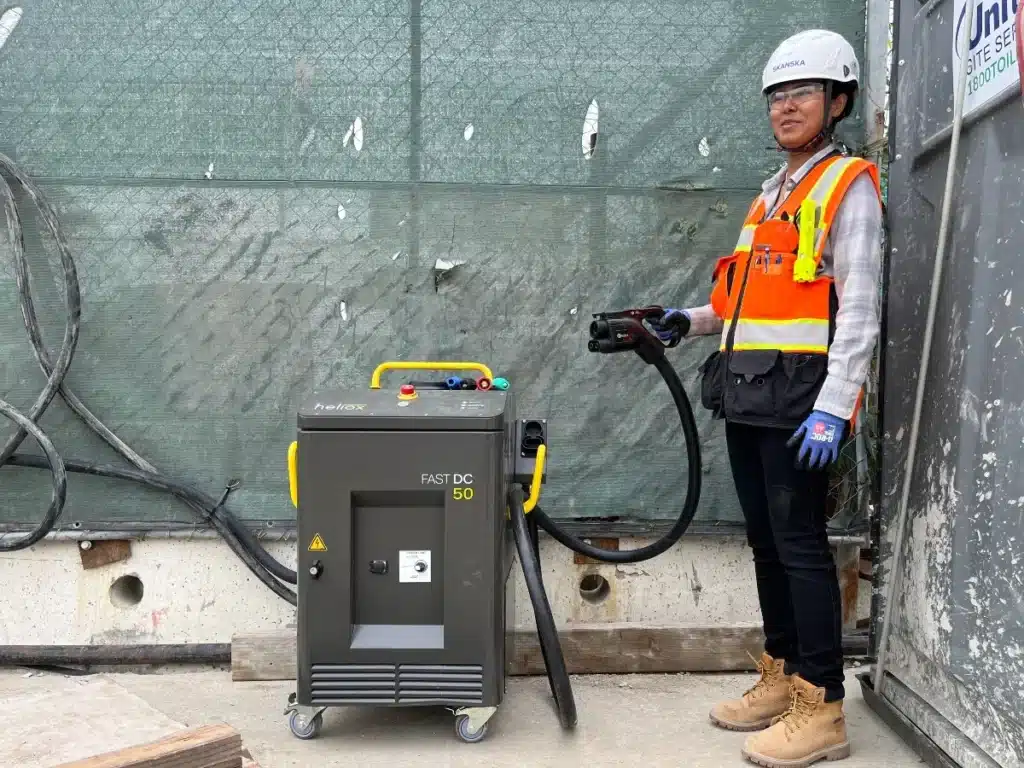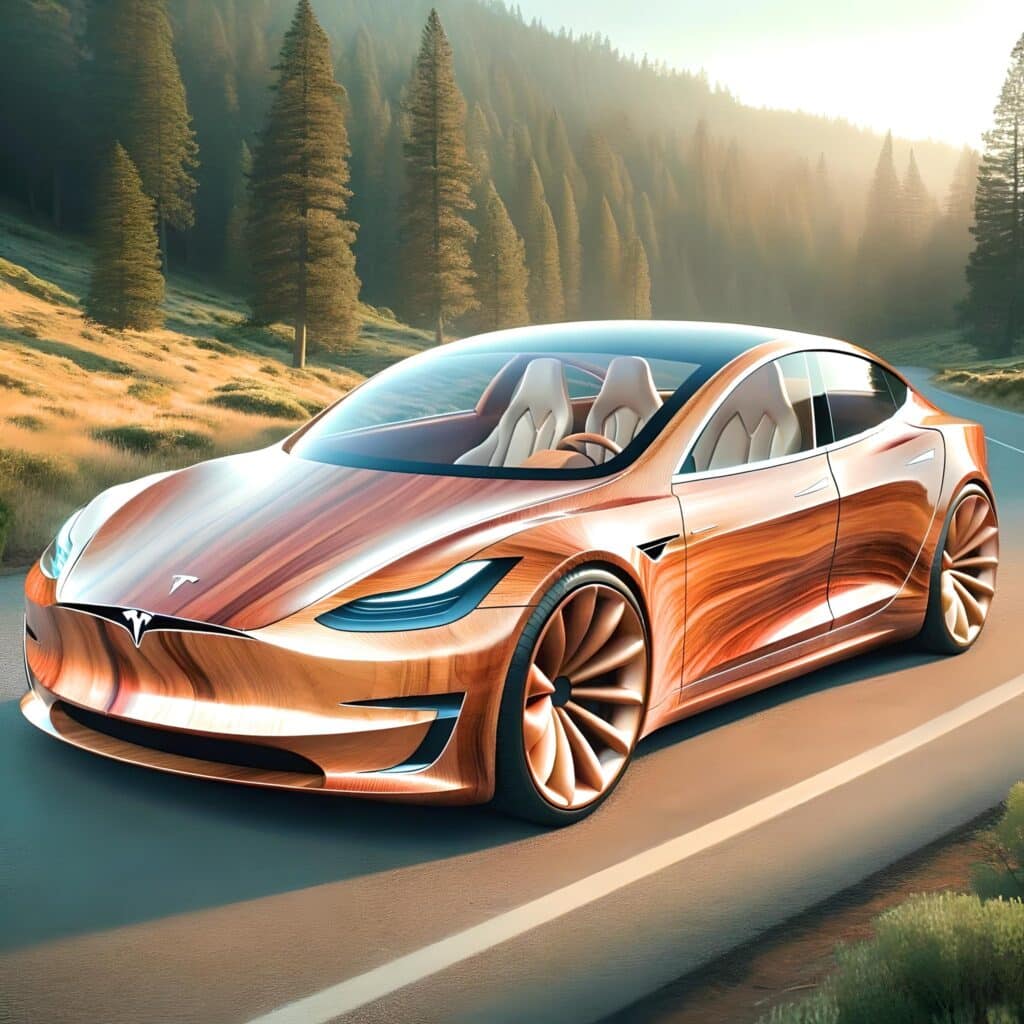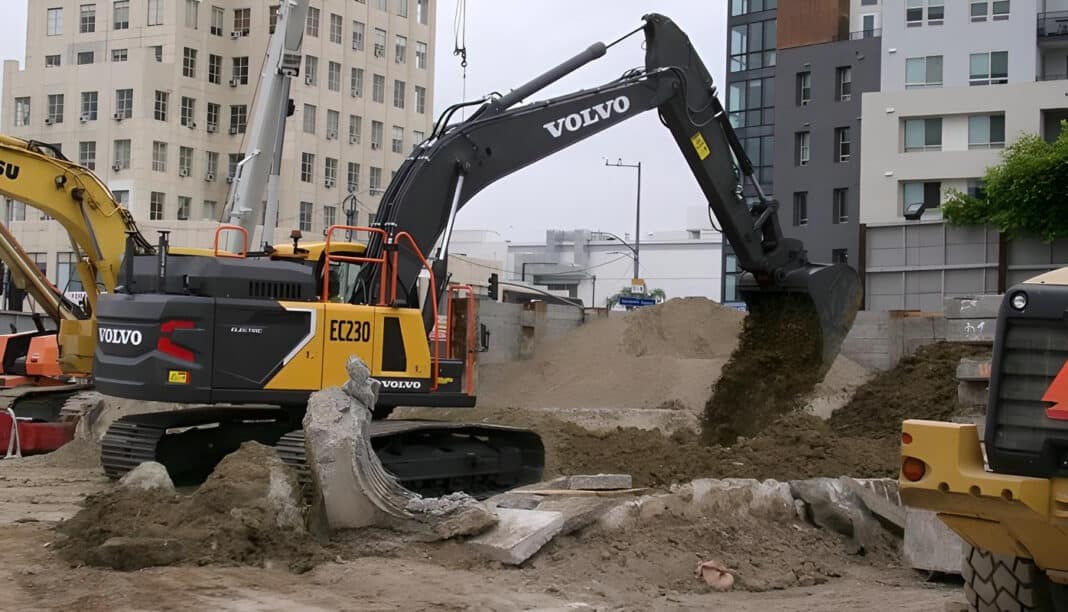One of the world’s largest construction companies, Skanska, is in the midst of a 3-month trial, which, if successful, will herald a new era of noise and vibration-free construction.
The test – on a construction project in downtown Los Angeles, has seen Skanska commission a fully electrified Volvo EC230 excavator to dig an underground railway station, with the results proving that fully electrified construction machinery can not only “dig deeper” but, just as importantly, lead to cost reductions and emission improvements.
“Aside from rocks hitting the inside of a dump truck, which nobody’s figured out how to silence yet, an awesome byproduct of this is that it’s quiet,” according to Mason Ford, Skanska USA Civil’s Director of Sustainability and Equipment services for Skanska USA Civil.
Mr Ford told Fast Company overnight that “workers usually feel the vibrations of an excavator’s diesel engine 100 feet away; however, with the EC230, that is eliminated.”
The push to electrify machinery is part of a push to totally ‘modular-fy” the construction process, with Skanska forging a new path that “gets to volume and economy of scale, to meet a market need,” according to Michael Zeppieri, Vice President of emerging technology at Skanska USA Building.
“I think our approach is going to be more strategic,” said Danielle O’Connell, Skanska USA Building’s senior director of emerging technology, who said, “We don’t just have to do prefab because an owner wants it, but being able to identify why that might not work or why it might work well.”
And, of course, mass timber and green steel are in the mix, with Wood Central reporting that Skanska has entered into a joint venture with IKEA to develop BoKlok, which to date has built over 14,000 houses throughout Sweden, Finland, Norway, and the UK, with aspirations for further growth.
According to Andrew Dunn, CEO of the Australian-based Timber Development Association, who visited the BloKlok manufacturing facilities in Sweden as part of the WoodSolutions Study Tour last year, the facility uses zero-labour robots to assemble floor panels into place.
“It is clear where the world is going in manufacturing, and the tour saw a glimpse of it,” Mr Dunn said before adding that “amazingly, not a single Allen key could be seen!”
Skanska has constructed more than 15,000 prefab homes across Europe, with “the estates a mixture of off-site manufactured houses and apartments,” according to Mr Dunn.
But Skanska is now looking to go further than build prefabricated stick homes out of mass timber and lower-carbon cement and is now looking to move the needle on the construction process itself.
“More and more equipment makers, including Volvo, Caterpillar, and Komatsu, have been introducing electric models, though annual sales are still in the low thousands in an industry that sells more than a million vehicles a year,” according to Fast Company.
The latest trial is among many electrified equipment tests conducted worldwide, eventually dictating Skanska’s broader sustainability strategy.
The firm aims to achieve net-zero carbon emissions throughout its value chain by 2045 – and it also may be getting ahead of global trends.
According to Stefan Schneider, managing director at Zurich-based SUNCAR HK AG, a firm committed to driving the construction-equipment electrification process, governments increasingly look at regulations and initiatives that mandate electrified heavy equipment.
“For one, it’s a quality of life issue, leading to less rumbling and loud noises in crowded urban areas,” Fast Company said, adding that “the push also runs parallel to other city sustainability policies driven in London, and initiatives in Nordic metros like Helsinki, Copenhagen, and Oslo.” The latter is now seeking to eliminate direct emissions from construction sites in the city by 2030.
However, swapping out gas and diesel for batteries across an entire job site is still a work in progress – with Mr Ford adding that it is the “elephants” – the big trucks, loaders and vehicles that aren’t operating on a fixed location that presents the greatest challenge.
The batteries for these 30-metric ton machines are heavy and massive, and it’s still not economically feasible or sustainable to charge them at many remote and rural job sites; that’s a different level of range anxiety.

That’s why Skanska’s trial took place in Los Angeles, where the electric excavator could plug into the LA power grid, drawing 480 volts of power that the utility had already set up for the tunnel boring machine.
Mr Ford sees this kind of ‘ plug and play’ set-up — where construction companies could plug equipment into urban grids instead of relying on batteries—as a stepping stone to more adoption.
Of course, to truly make a difference, municipal power sources would need to be fully sustainable, which isn’t a reality right now in the US.
EVs and electrified construction gear face similar challenges in terms of greater adoption. The Volvo excavator and most other electrified heavy equipment use the same lithium-ion batteries as cars, so they have identical material challenges.

Heavy equipment batteries cost three to four times more, owing to the need for more power and capacity, according to Mr Schneider. That’s why the EC230 excavator costs about three times more upfront than the gas-powered option, meaning it will take much longer to realize cost savings from fuel and less maintenance.
However, he predicts that electrified construction vehicles will quickly get adopted once the price for equipment, operation, and maintenance is more competitive with traditional gear.
“While the personal EV market has benefited from trendsetters who want to show off high-end autos, construction gear is all about cost, full stop,” he said.
Mr Schneider forecasts slow, steady gains over the next decade, though the massive expansion of EVs might concentrate resources and factory output on consumers.
Skanska will continue trialling gear on sites worldwide and helping figure out portable power solutions that make these vehicles more practical.
“We’re certainly helping people’s health in the apartments overlooking the job site,” said Mr Ford. “We may not be answering the big question for the entire planet. But it’s a big win for the people in the immediate area.”
- To learn more about how Skanska uses prefabrication to build affordable housing across Europe, follow our special feature. Click here to learn more about the Wood Solutions Study Tour to Italy and Austria for 2024.






